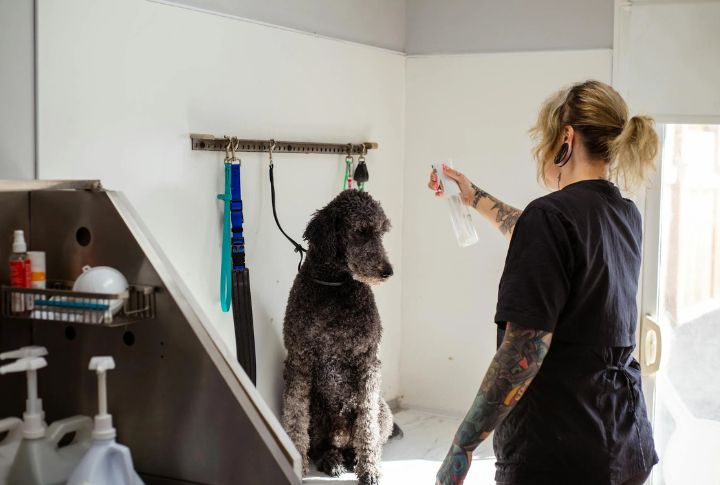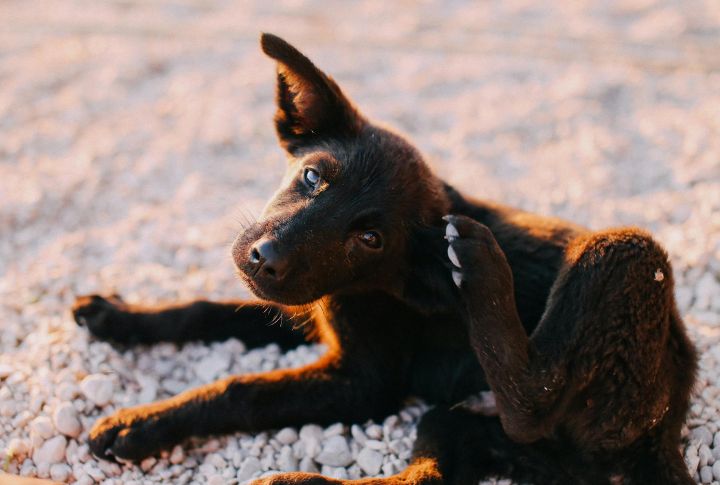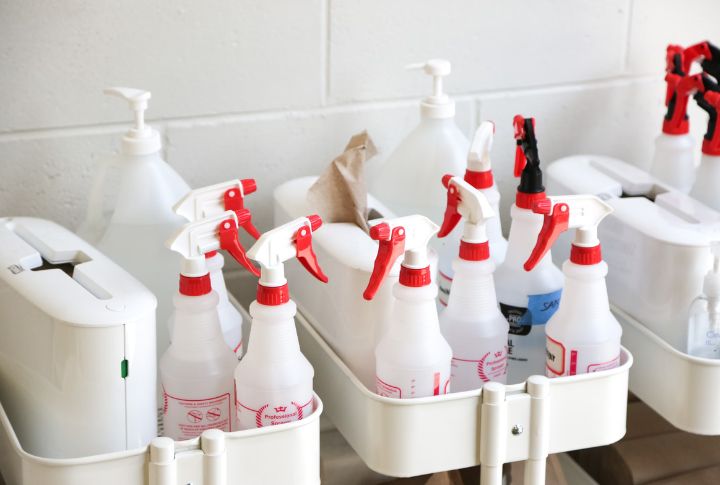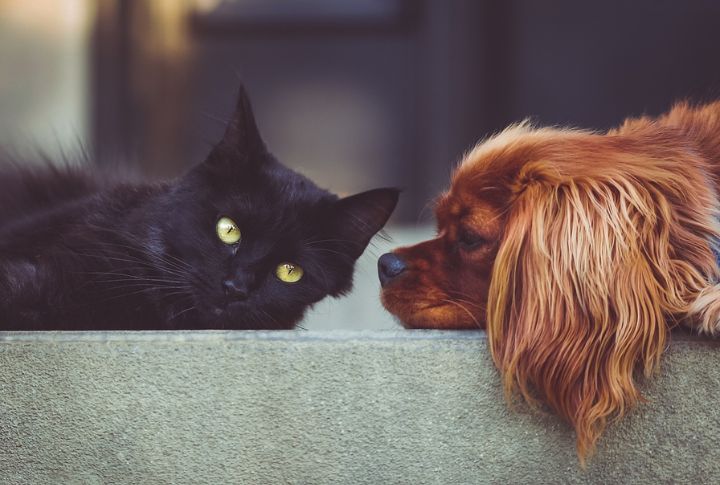10 Unexpected Things That Could Be Triggering Your Pet’s Allergies

There’s a moment every pet owner knows—that confused stare when your pet starts acting all kinds of uncomfortable. You search for answers, but the usual suspects don’t check out. Allergies? Maybe. But the cause isn’t always obvious. This article reveals ten everyday triggers that might be flying under your radar and into your pet’s space.
Perfume And Fragrance

We all know pets have an incredible sense of smell, but that superpower can make perfumes and air fresheners feel overwhelming to them. Cats with asthma may have trouble breathing, while dogs could break out in rashes from scented grooming products. It’s a reminder to be mindful of what we expose our pets to!
Allergic Reactions To Insect Bites

Your pet’s outdoor adventures could become an itchy ordeal if they’re allergic to insect bites. Fleas, mosquitoes, and even ants can trigger allergic reactions in some pets, causing redness, swelling, and intense itching. Flea allergies are prevalent, with some pets experiencing severe itching from just one bite.
Grass Pollen Sensitivity

Spring is here, bringing vibrant flowers and… itchy, sneezy pets! Grass pollen can quickly turn your pet’s daily walk into an allergy disaster. As they roam outdoors, pollen sticks to their fur, triggering constant itching and sneezing. The catch? Allergies largely depend on how sensitive your pet’s immune system is.
Cleaning Products

Certain cleaning products can have your pets scratching their paws in no time. Harsh chemicals like bleach can linger on floors, causing rashes and respiratory problems for both dogs and cats. If your pet inhales those fumes, you may notice coughing or even labored breathing.
Rubber And Plastic Materials

For some sensitive pets, rubber chew toys and plastic food bowls can trigger skin inflammation and allergies. Bulldogs, for example, are notorious for developing chin acne from plastic exposure, while others might end up with itchy paws after playing with rubber toys. The solution? Swap those plastic bowls for easier stainless steel alternatives on the skin.
Mold Spore Allergies

Mold spores are tiny but a significant source of discomfort for pets. Found in damp areas like basements and bathrooms, mold can cause sneezing, runny noses, and constant itching. Pets with sensitive respiratory systems, like Siamese cats, are especially prone to the impacts of mold exposure, which can lead to severe discomfort.
Human Dander

Imagine being allergic to your best friend—that’s the reality for some pets sensitive to human dander. The skin flakes we shed can lead to itchy skin and even hair loss in these dogs. Small breeds like Shih Tzus are especially vulnerable, as they tend to trap allergens more easily.
Household Plants

Though houseplants add beauty to your home, some can trigger nasty allergic reactions in pets. Cats may develop reactions to lilies, while dogs can suffer from irritation caused by rubber plants or pothos. Sneezing and itchy skin are common signs that your pet may have come into contact with a harmful plant.
Wool And Fabric Sensitivities

Your pet’s cozy bed could be causing more harm than comfort if it’s made from wool or certain synthetic fabrics. This can lead to excessive licking, irritated skin, and even patchy hair loss, especially in short-haired breeds like Greyhounds, who are particularly sensitive. To keep them comfy, choose hypoallergenic cotton or microfiber bedding instead!
Other Animals’ Dander

Living with multiple pets sounds fun, but it can also mean a new source of allergies: each other’s dander. It is common for dogs to develop allergies to cats or vice versa. The signs are all too familiar: red, inflamed skin and sneezing fits. Regular pet grooming is key to keeping your multi-pet household happy and healthy.





